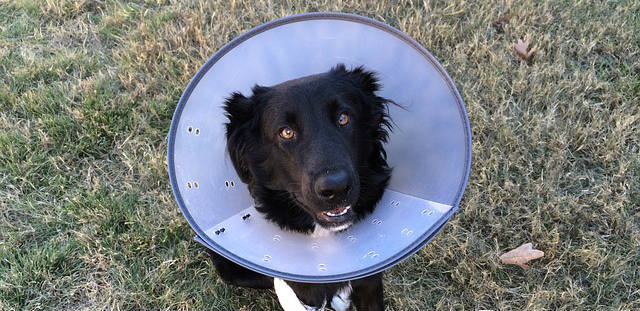How are mammary tumors in dogs diagnosed?
Original Question: Hi! My dog Ripley has two bumps in the same spot parallel to each other on her belly where it looks like her mammary glands should be! The picture I uploaded is the more severe of the two. Is this mammary cancer? - Joshua
 Jan 28, 2019
Jan 28, 2019
Hi Joshua,
Thanks for your question.
Based on the image you sent they don’t look like typical canine mammary tumors but they definitely potentially could be. We rely on a lot of different things when it comes to examining masses such as texture, palpating to feel whether they’re extending into adjacent tissues but no matter how sensitive your fingers are we can’t tell what a mass is just by feel and look. We might have a higher suspicion that it’s more likely to be a certain lump, but we can never say with any degree of absolute certainty.
With any new lumps that develop, the best thing to do is firstly to get them checked out by your vet and then depending on what they think, consider having something called a fine needle aspirate cytology carried out. This can be performed without sedation, it’s pain-free and it involves taking a little needle and removing some of the contents of the lump and then examining it under a microscope.
Unfortunately this doesn’t always give a complete diagnosis and in that case you then need to move to a biopsy or an excision. This involves removing the lump and sending it off to a lab and this procedure is obviously more invasive. It requires heavy sedation or anesthesia and surgery and so a fine needle aspirate in the majority of lumps is a great first step.
When it comes to mammary masses, unfortunately, an FNA (fine needle aspirate) is generally not really useful because the mass population can be very and very hard to interpret with any degree of accuracy. It might be that you get one type of cell on the FNA, but because there’s a mixed specimen we’re not getting a representative sample. About 50 percent of those are malignant, meaning that they’re nasty tumors, that they have the potential to spread to other parts of the body and 50 percent are benign.
We think of benign as something that we don’t need to worry about however benign mammary tumors in dogs definitely can cause problems. They might not spread to other parts of the body but they can get really big, become ulcerated, can be painful, and can definitely be detrimental to a dog’s quality of life and even euthanasia. Ultimately removal in the early stages is the best option for a successful outcome when it comes to any type of mammary tumor. Keep in mind that these may not be mammary tumours but that’s something to think about whenever you feel any masses, especially along the bottom and belly of your dog.
As always please consult your veterinarian.
Good luck.
Dr. Alex Avery


Disclaimer: healthcareforpets.com and its team of veterinarians and clinicians do not endorse any products, services, or recommended advice. All advice presented by our veterinarians, clinicians, tools, resources, etc is not meant to replace a regular physical exam and consultation with your primary veterinarian or other clinicians. We always encourage you to seek medical advice from your regular veterinarian.

